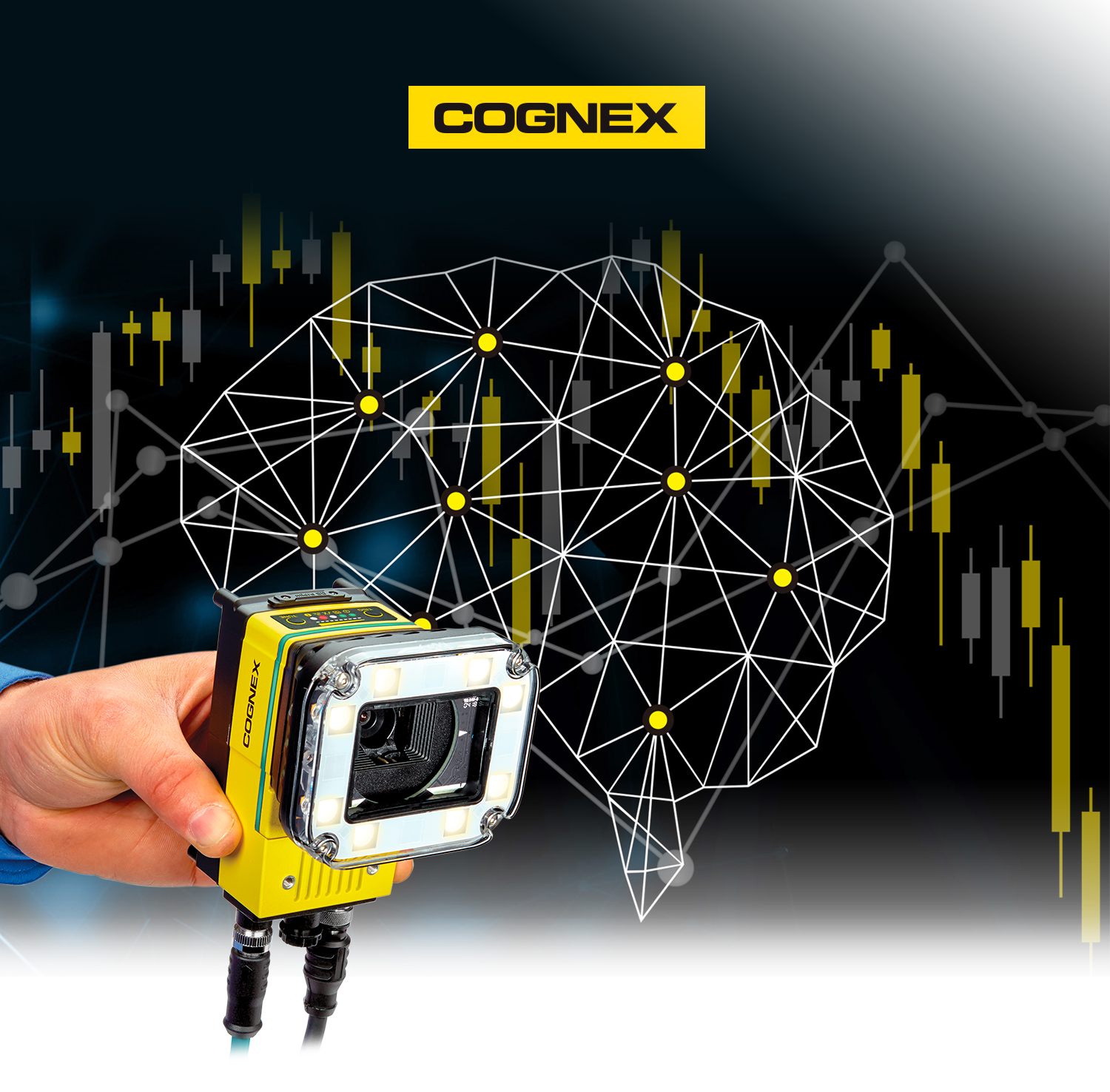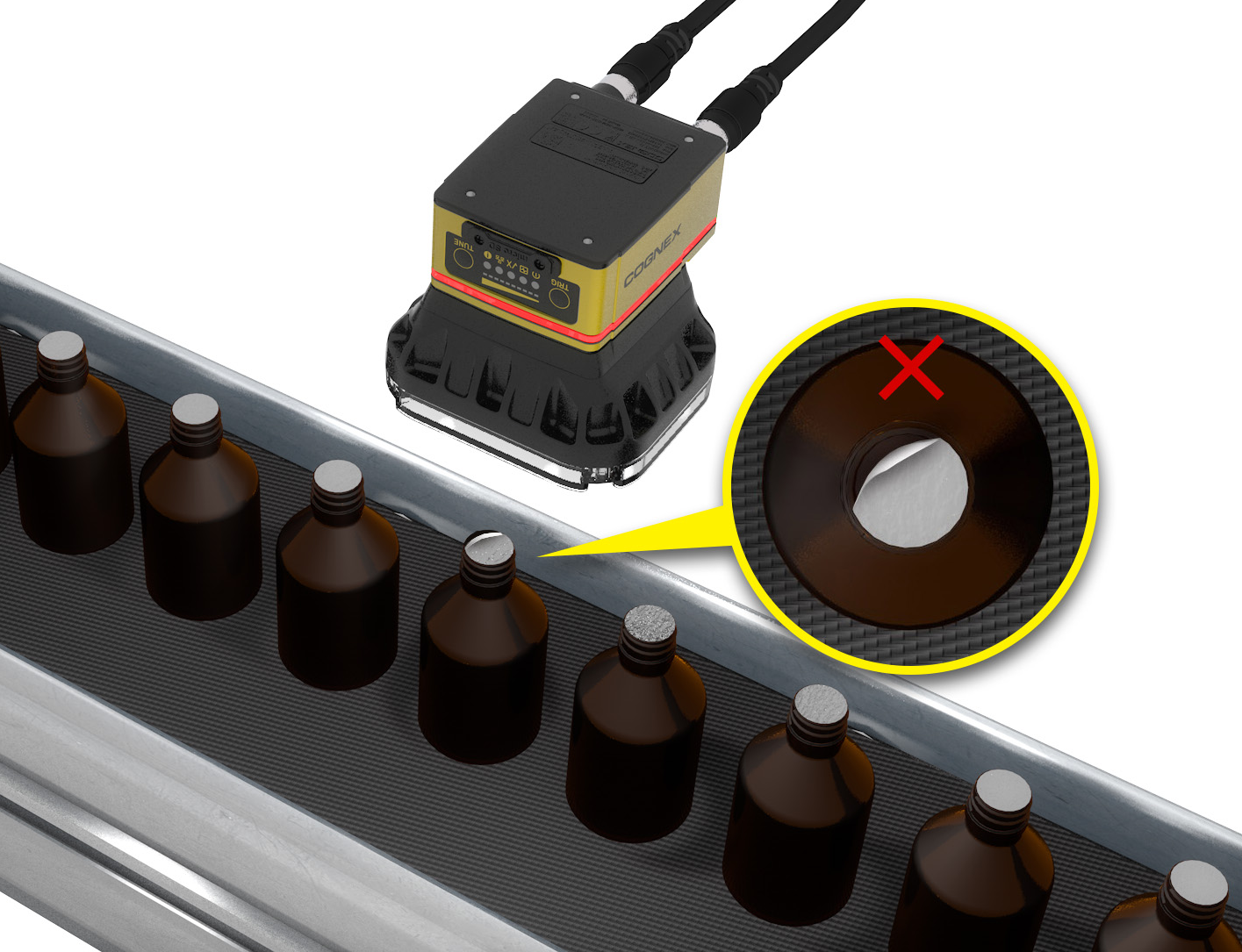Traditional, or “rule-based” machine vision performs reliably with consistent and well-manufactured parts and
excels in high-precision applications. Those include guidance, identification, gauging, and inspection, all of
which can be executed at extremely fast speeds and with great accuracy.
This kind of machine vision is great
with known variables: is a part present or absent? Exactly how far apart is this object from that one? Where
does this robot need to pick this part? These tasks are easy to deploy on the assembly line in a controlled
environment. But what happens when things aren’t so clear cut?
Inspection of bottles for correct sealing
Deep Learning
complements machine vision
Deep learning is the solution in such cases. It uses example-based training and neural networks to analyse
defects, locate and classify objects, and read printed markings. By teaching a network what a good image is
based on a set of labelled examples, it will be able to tell the difference between a good part and a defective
one, considering those expected variations. The following considerations can help factories and manufacturers
who are new to deep learning avoid costly missteps and lost time, while generating organizational buy-in for the
technology’s considerable upside. If done properly, the first successful project can lead to a more ambitious
and strategic rollout. Here are five areas to consider before deploying your first deep learning pilot project.
Setting proper expectations
A well-trained deep learning application requires a comprehensive set of training images that represent a range
of defects and/or acceptable part variations to perform well in production. Those images also need to be
acquired under manufacturing lighting and part presentation conditions. This is essential for any deep learning
project to become successful. Additionally, once images have been collected, they will need to be properly
graded and labelled.
In other words, a quality expert needs to be involved in any project from the get-go.
Qualifying a deep learning vision solution is an iterative process that requires the system to be installed on a
production line. And, unlike traditional machine vision systems, training, and validation of the images for deep
learning must be done during the development phase – it cannot wait until factory acceptance testing. Deep
learning requires a great number of samples to train with, which could require time to capture the
representative set of images needed to train a well performing deep learning tool.



